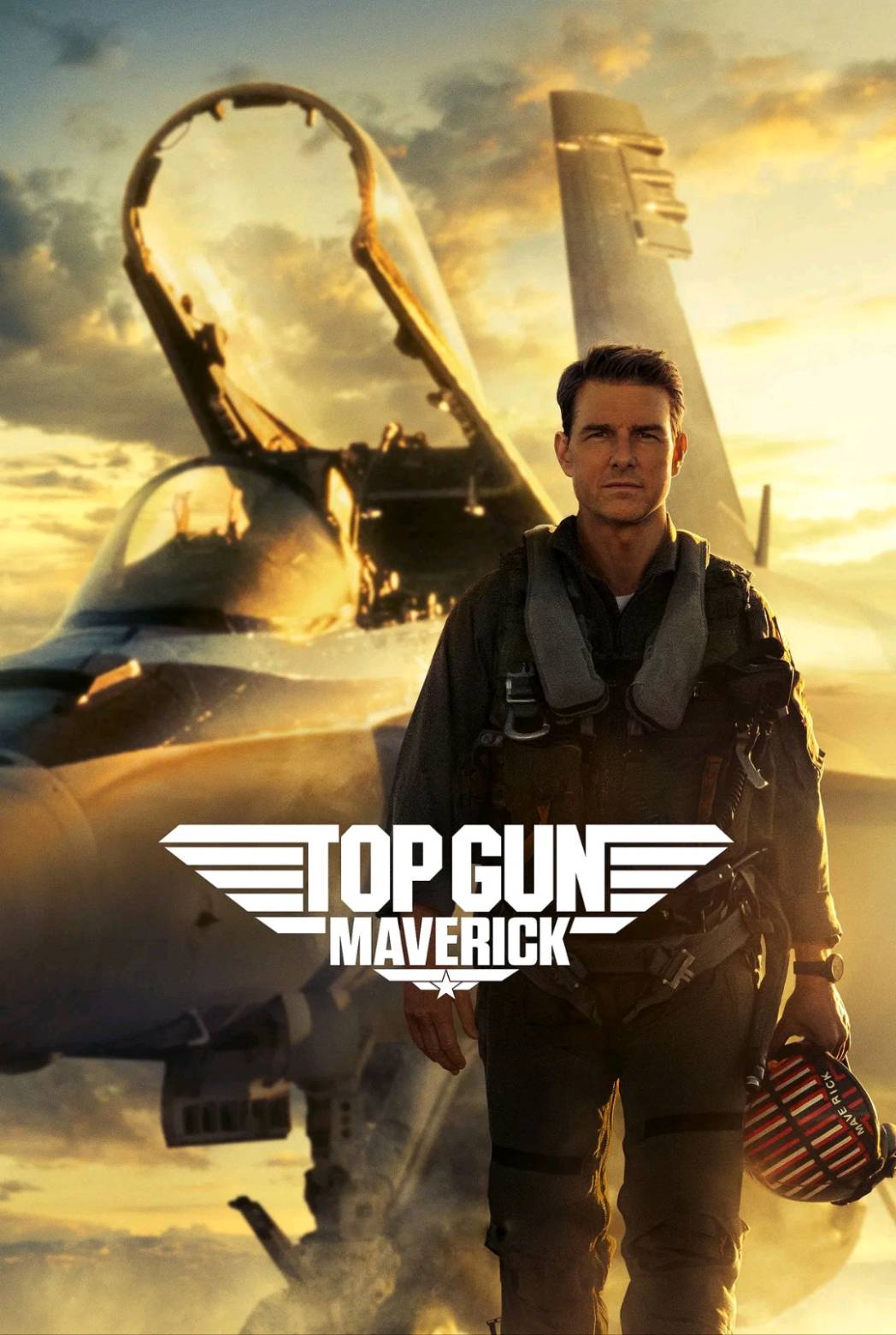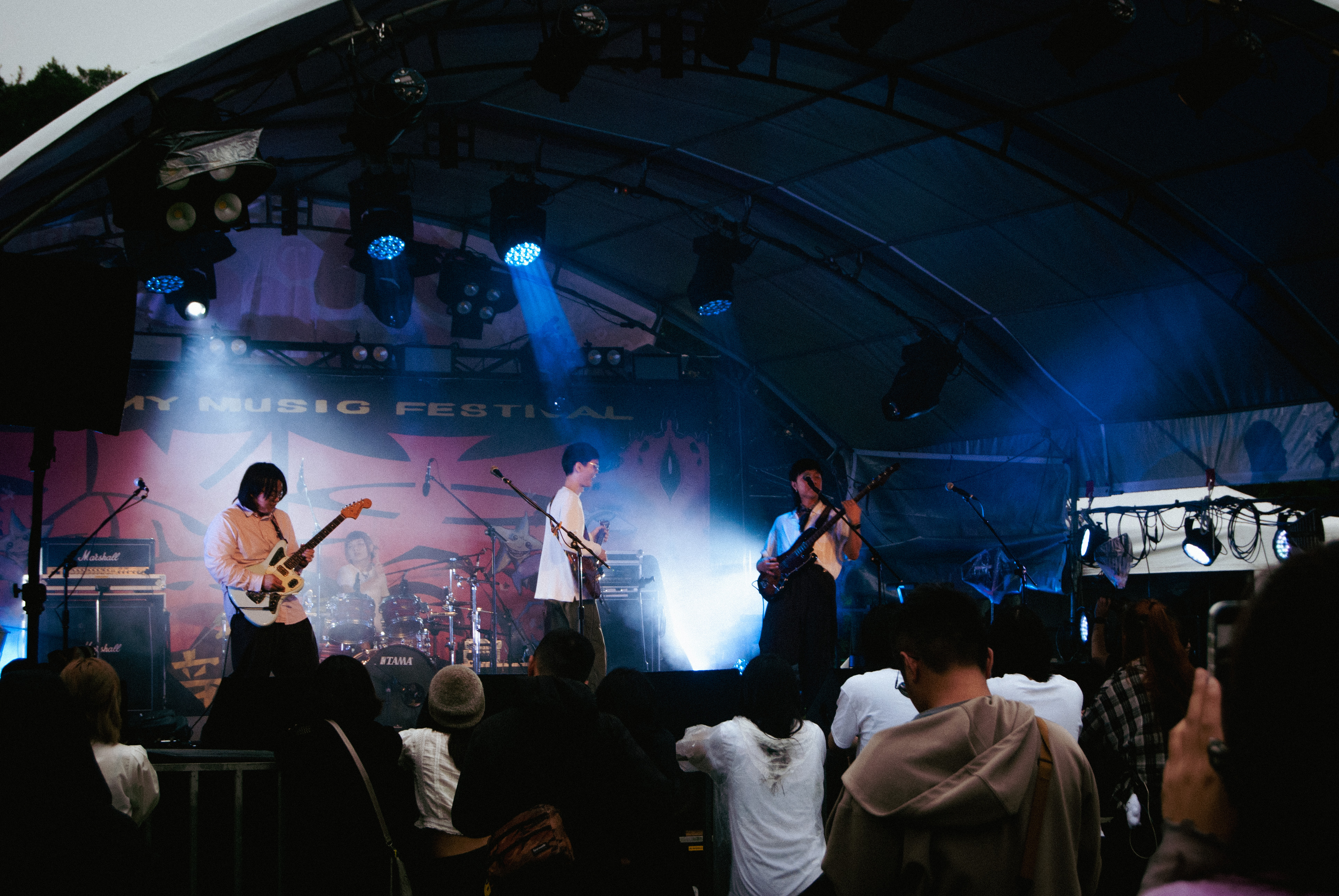Following the COVID-19 pandemic, the cinema industry had suffered a significant downturn, with people living under the shadow of the virus. Then came Top Gun: Maverick, a film that burst onto the scene with Tom Cruise in the lead role.
Combining high-stakes aerial combat and real footage captured inside actual F/A-18 fighter jets, the movie delivered an incredibly immersive experience. It was nominated for several Academy Awards, became the second-highest-grossing film worldwide in 2022, and marked the highest-grossing movie of Tom Cruise’s career, garnering enthusiastic attention from fans across the globe.
As the sequel to the iconic 1986 film Top Gun, Top Gun: Maverick offered audiences a fresh yet nostalgic cinematic experience. The plot tightly linked the two films, bringing back the original protagonist, Pete “Maverick” Mitchell—again portrayed by Tom Cruise. In the first movie, Mitchell’s flying partner, “Goose,” tragically died in a training accident. Mitchell had blamed himself for the loss and carried deep guilt. In Maverick, Goose’s son, “Rooster,” had grown into an elite pilot himself. Early in the film, there was clear tension and rivalry between Maverick and Rooster, which evolved into a powerful emotional arc, richer and more convincing than the original. The characters, their symbolic meaning, the atmosphere, visual style, and shooting techniques all echoed the classic, evoking a strong sense of nostalgia.
Right from the opening scene, Maverick’s defiant and boundary-pushing spirit was evident. In response to a military plan to replace human supersonic pilots with unmanned drones, Maverick raced against time to test the limits of the experimental “Darkstar” jet before the program was shut down. Even after reaching the required Mach 10, he kept pushing the jet faster, showcasing his refusal to quit and laying the emotional groundwork for the rest of the story.
Later, Maverick was appointed as the instructor for a top-secret mission to destroy an enemy uranium enrichment facility hidden in a mountainous valley. After a successful strike, the team faced the next challenge—evading a barrage of surface-to-air missiles. When Rooster’s flares were depleted and he was at risk of being hit, Maverick heroically flew above him and deployed his own flares, saving Rooster from one missile but ultimately being struck himself and crashing. Shortly afterward, Rooster also went down under heavy fire.
Stranded without a return aircraft, Maverick discovered an old F-14 fighter jet in the enemy’s hangar. He and Rooster managed to steal the plane and, despite facing modern enemy aircraft, Maverick’s elite skills once again shone. Together with support from their aircraft carrier teammates, they successfully took down the enemy. The old F-14 wasn’t just any plane—it was the same model Maverick flew in the original 1986 Top Gun. Its sudden reappearance immediately transported audiences back to unforgettable moments from the first film. Rooster, echoing his father Goose’s presence, symbolized a generational bridge, highlighting the connection between old and new and serving as Maverick’s tribute to his flying legacy.
The film’s seamless connection to its predecessor, along with the use of real aerial training and flight sequences, captivated new viewers while rekindling the aviation passion of longtime fans. After more than three decades, Top Gun: Maverick brought audiences back to the big screen, reigniting the thrill of the skies.
 English
English  正體中文
正體中文 



